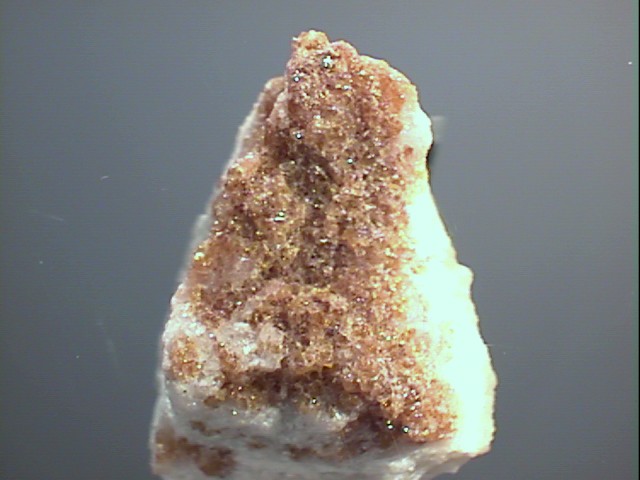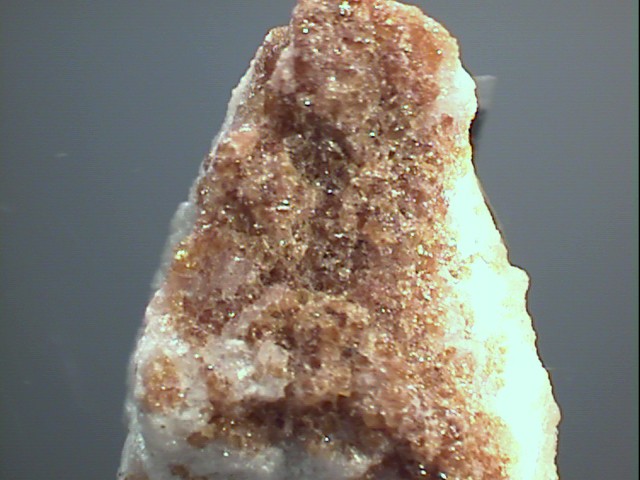 THE
MINERAL BURBANKITE
THE
MINERAL BURBANKITE
- Chemistry: (Na, Ca)3(Sr, Ba, Ce)3(CO3)5 , Sodium Calcium Strontium Barium Cerium Carbonate.
- Class: Carbonates
- Group: Rare Earth Carbonates.
- Uses: Only as mineral specimens and as a possible source of cerium.
Specimens
Burbankite is a rare strontium and cerium carbonate mineral. Burbankite is one of many rare minerals that come from the famous mineral locality, Mont Saint-Hilaire, Quebec, Canada. Some specimens have been cut from there and in fact a large 6.62 carat orange stone is the North American record holder for this species. But burbankite is far too rare to be considered a mainstream gemstone. Its crystal habit is reminiscent of apatite although its color and size is generally quite different. Burbankite's crystals are typically quite small but well formed and make good micromounts.
Burbankite has some unusual chemistry as it is enriched in rare elements such as strontium, barium and cerium. Cerium is just one of the several rare earth metals that are important to industry. A closely related mineral is called carbocernaite. Both minerals are considered to be important in the development of rare earth minerals in carbonatite rocks and are being studied for this reason. Some rare earth minerals have been found to make pseudomorphs of burbankite and carbocernaite. A testament perhaps of how they play a role in the rare earth minerals' development.
Some specimens of what was thought to be burbankite have been identified as a new species to science called
PHYSICAL CHARACTERISTICS:
- Color is pale yellow, pale orange, beige, white and colorless with some color zoning.
- Luster is vitreous to dull or silky.
- Transparency: crystals are transparent to translucent.
- Crystal System is hexagonal.
- Crystal Habits include small prismatic six and twelve sided crystals with pyramidal or pinacoidal terminations. Also as compact spherical aggregates and fibrous masses.
- Cleavage is distinct to imperfect in six directions (prismatic).
- Fracture is uneven.
- Hardness is 3.5 to 4.
- Specific Gravity is 3.5 (above average)
- Streak is white.
- Other Characteristics: Some specimens have been known to
fluoresce and rarely to exhibit an unusual color change from green (in daylight) to brown (in incandescent light). Index of refraction is 1.615 - 1.627. - Associated Minerals are albite,
calcite,
donnayite , ilmenite,paranatrolite ,pyrophanite , pyrite, sphalerite, astrophyllite, molybdenite, biotite, rutile,tetranatrolite ,ewaldite , hilairite, anatase, andradite,barylite , catapleiite, cordylite,ancylite-(Ce) , zircon, barite, analcime, synchysite-(Ce), natrolite and aegirine. - Notable Occurrences are limited to Mont Saint-Hilaire, Quebec and Chapman Lake, Ontario, Canada; Khibina, Kola Peninsula, Russia and the type locality Vermiculite Prospects, Big Sandy Creek, Hill County, Montana, USA.
- Best Field Indicators: crystal habit, color, luster and locality.



